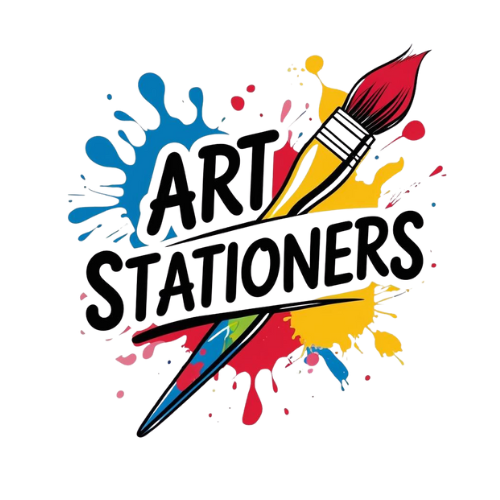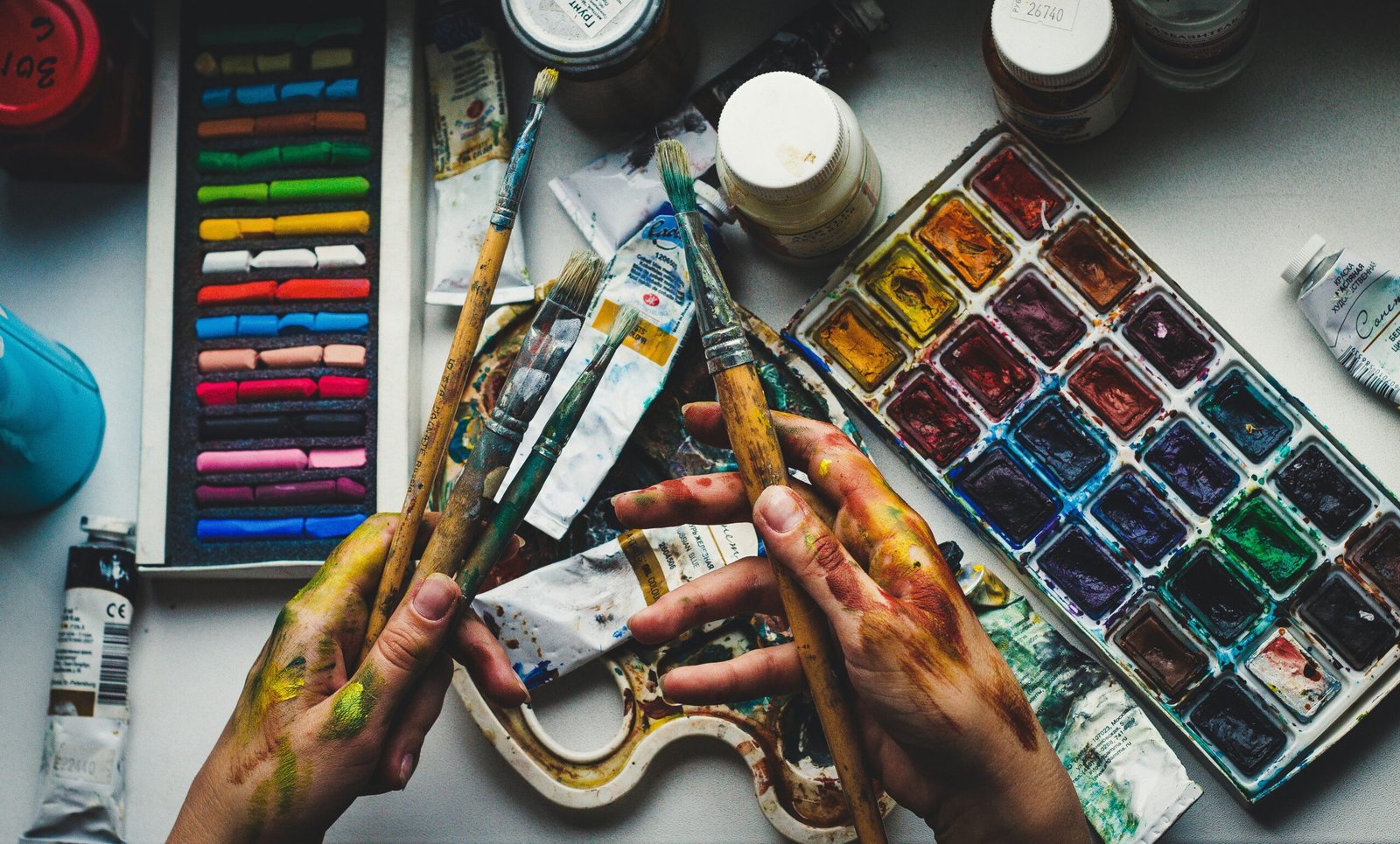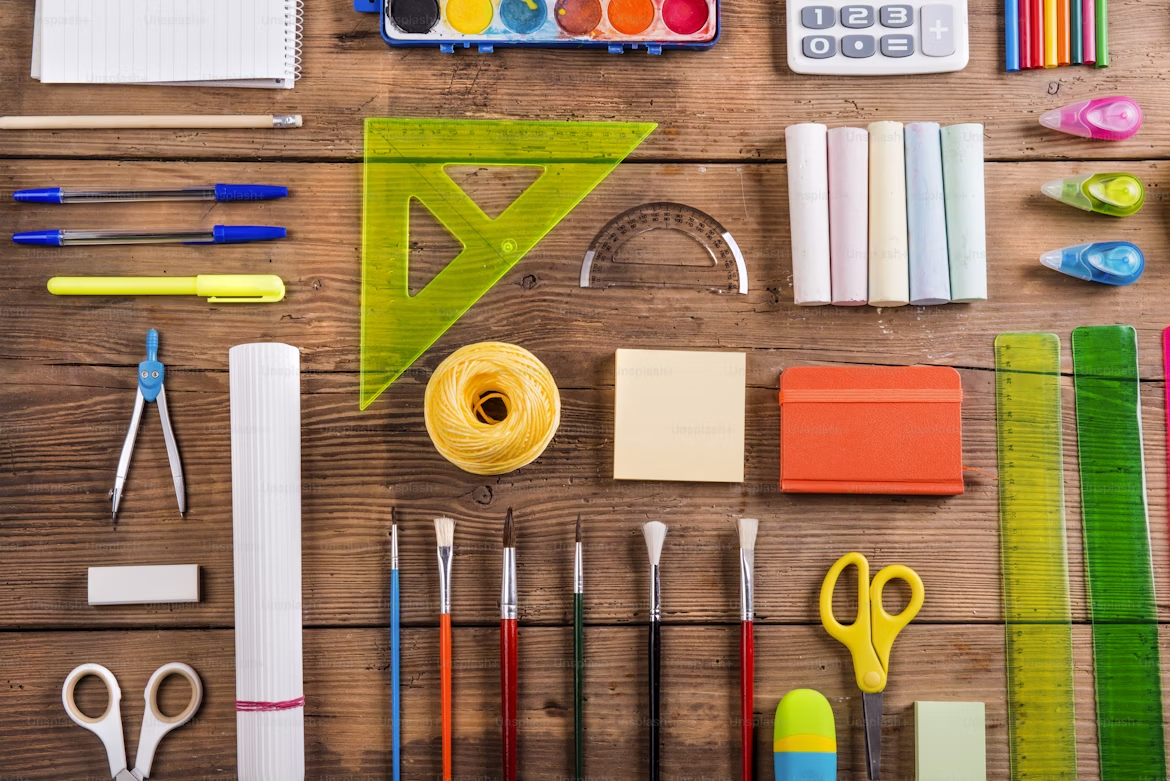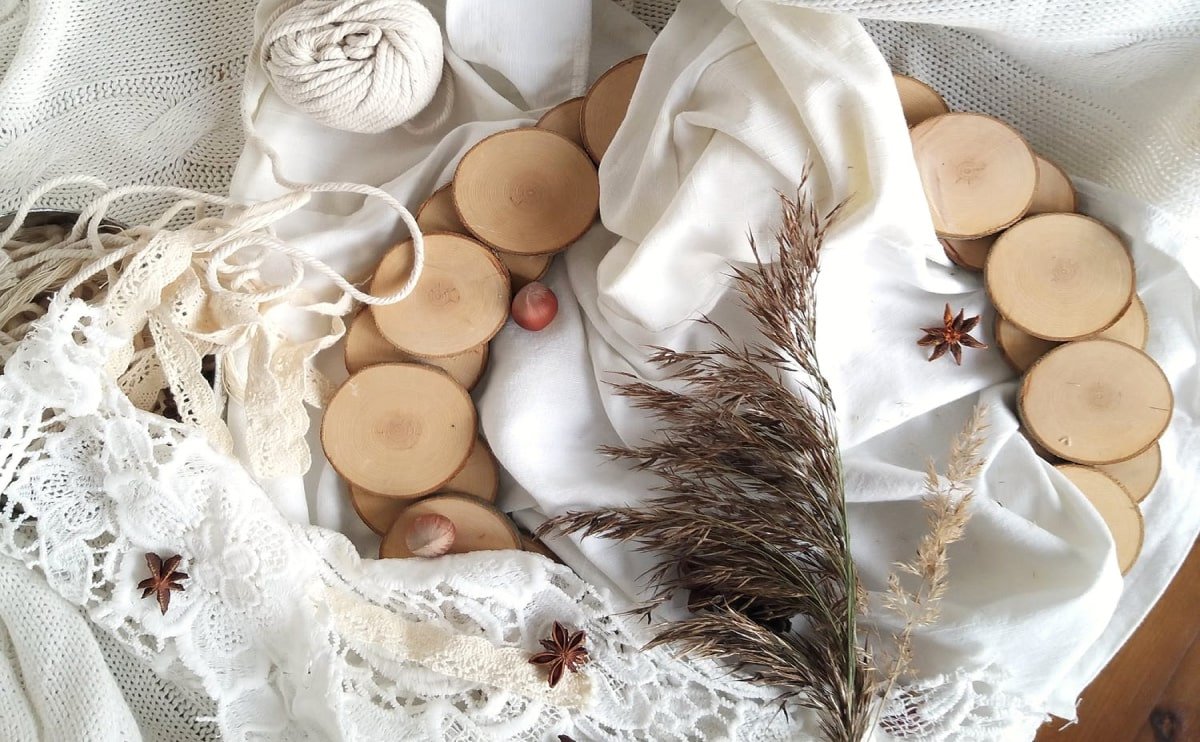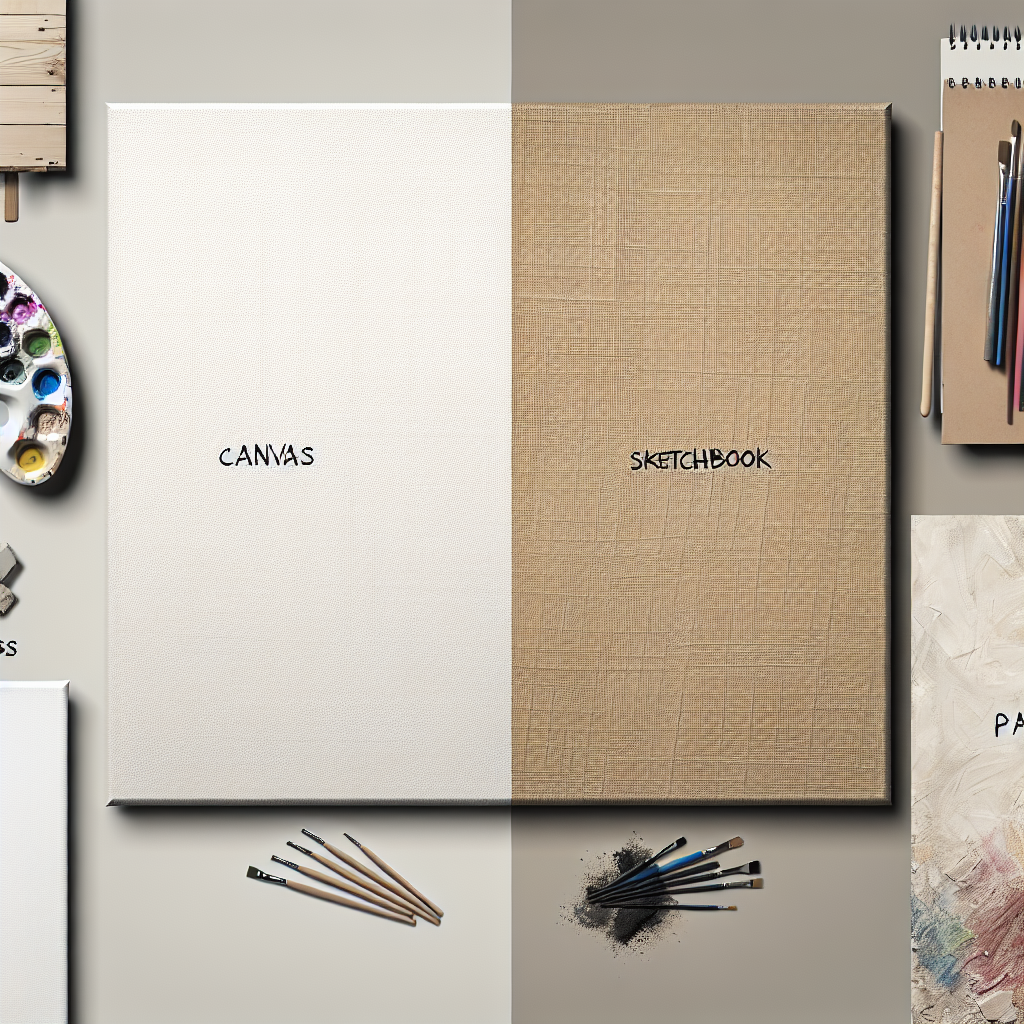Art has always been a powerful form of expression, and the surface on which artists create their masterpieces can greatly influence their work. From traditional canvases to innovative surfaces, each type offers unique qualities that can enhance the creative process. In this article, we will explore the various types of surfaces available for artists, their characteristics, and their potential applications.
1. Traditional Canvas
Canvas is a staple in the artist community, favored for its versatility and durability. It comes in various types, including:
- Stretched Canvas: Pre-stretched on wooden frames, ideal for painting with acrylics or oils.
- Canvas Boards: A more affordable option with a rigid backing, suitable for studies and smaller pieces.
- Canvas Paper: Designed specifically for painting, providing a textured surface without the bulk of a canvas.
2. Wood Panels
Wood panels offer a solid and sturdy alternative to canvas, perfect for artists who enjoy a smooth surface. They are particularly popular for:
- Acrylic Paints: Allow for bright and vibrant colors, maintaining a consistent finish.
- Mixed Media: Ideal for incorporating a variety of materials.
Common types include birch, masonite, and plywood, each adding its unique texture and feel to the artwork.
3. Watercolor Paper
Designed specifically for watercolor paints, this type of paper is thicker and absorbs water well. It comes in different weights, such as:
- Rough: Offers a textured surface for vibrant washes.
- Not (Cold-pressed): Features a slight texture, balancing detail and wash capabilities.
- Hot-pressed: Completely smooth, ideal for detailed work.
4. Pastel Paper
With its unique texture, pastel paper is specifically designed to hold the pigmented sticks without smudging. Available in various colors, it helps enhance the artwork’s vibrancy and depth.
5. Fabric
Painters can also use various types of fabric as their canvas, including:
- Silk: Offers a smooth, soft surface and is often used for textile art and painting.
- Denim: Provides a textured surface popular for mixed media and collage art.
6. Unconventional Surfaces
For the adventurous artist, many unconventional surfaces can be painted upon, such as:
- Cardboard: Great for practice or smaller projects.
- Glass: Suitable for mixed media and unique visual effects.
- Walls: A vast canvas for murals and street art.
Conclusion
Ultimately, the choice of surface can significantly affect the outcome of an artistic endeavor. Artists should experiment with various surfaces to find the best fit for their style and medium. Whether it’s the classic appeal of canvas or the innovative approach of unconventional materials, there’s a world of possibilities waiting to be explored.
